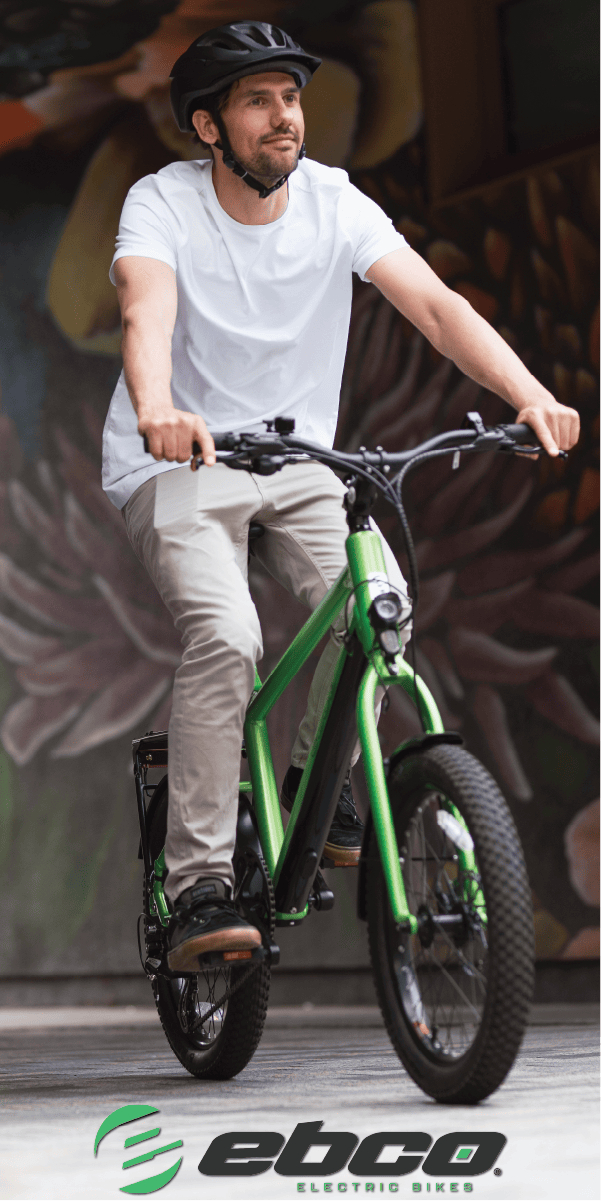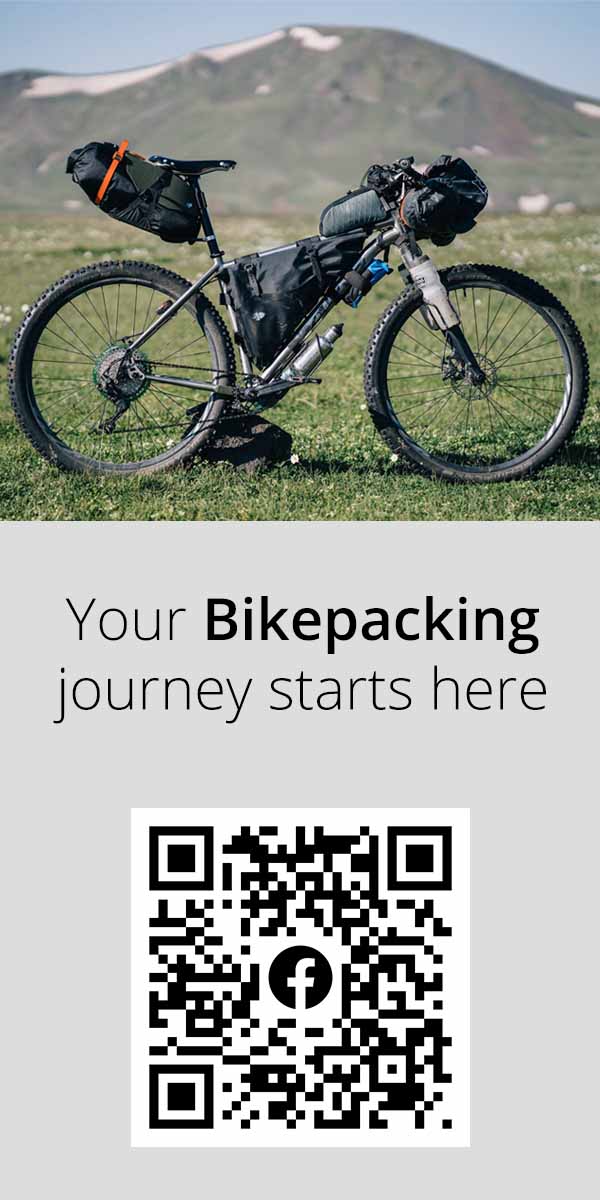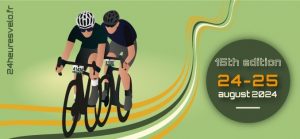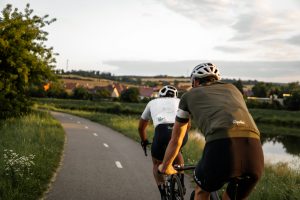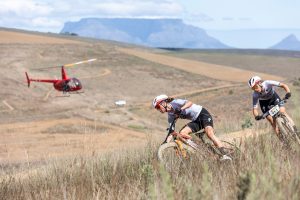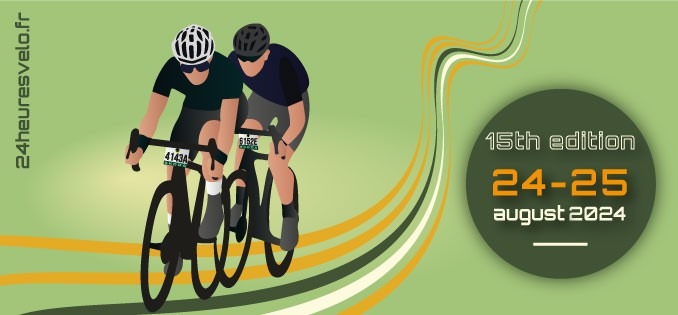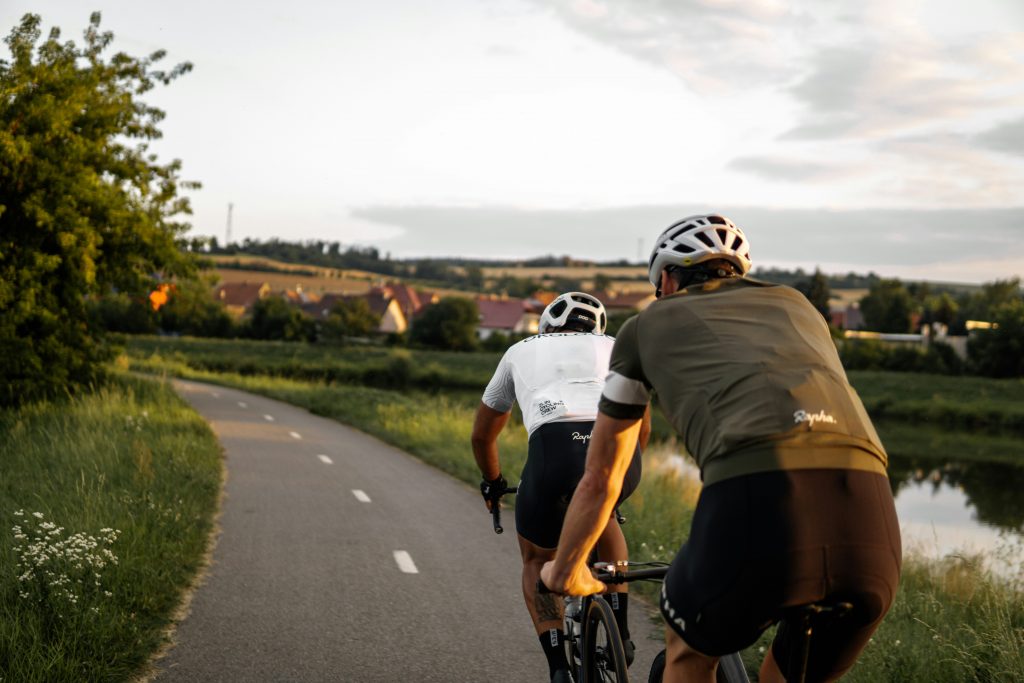Prepping Your Bike Will Save You Time and Money
Whether you haven’t ridden your bike in a while, or your model is feeling more clunky than usual, the key to getting your ride back in shape often lies in basic preparation.
We will be looking at some of the simple fixes you can make to your usual regime which could save you time, as well as a trip to the repair shop.
Tyre Pressure
A very common problem across all disciplines, low tyre pressure will make your bike slower, harder to pedal and put increased strain on the smaller components.
Nearly all bike pumps come equipped with a pressure gauge which is handy in helping you find the correct value . Road tyres generally take 90–120 PSI (pounds per square inch), while mountain bike tyres generally take 25-35 PSI.
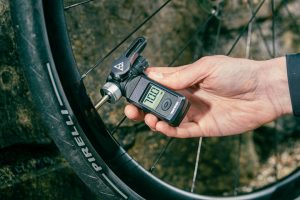
It is also a common mistake to over-inflate the tyres, which could in fact be even more dangerous that flatter wheels. The pressure inside the tyres can be so dense that it comes off the wheel itself while riding, which will almost certainly throw you off course.
Cleaning
This has been featured in several of our previous articles, but the importance of cleaning is arguably the most overlooked step in helping to increase the longevity of your bike.
It is widely accepted that cleaning your ride after every excursion should be your priority before you relax and put your feet up. Even just taking a warm, damp cloth to the frame will get rid of unwanted grit and dirt that can corrode the paintwork.
However, you will want to pay special attention with warm soapy water and a sponge to the brakes, crank, cassette/cog, and wheels, as well as investing in a good citrus degreaser for the chain.
Lubricant
Following a thorough clean, applying lubricant is another essential step in the proper functioning of your bike.
Indeed, when you are cleaning, you are essentially wiping off any previous lubricant that was applied, so it is imperative that this step is incorporated into your post-ride ritual.
https://www.youtube.com/watch?v=X1Vze17bhgk
You will want to apply a coat on the chain and derailleurs, and be sure to wipe off any dirt-attracting excess.
Brakes, Wheels and Test Drive
Ultimately, the parts that will keep you moving are the wheels, so checking they are spinning correctly should be a regular thing.
Begin by lifting up the frame and spin the wheel with your hand; it should not be rubbing against the brakes or making unidentified high pitched noises, while the quick release levers in the centre of the wheels should be securely fastened.
To test the brakes, place the bike back down on the ground, squeeze the brake levers and try and rock the wheels back and forth. Properly functioning brakes should stop your ride from moving at all along the ground.
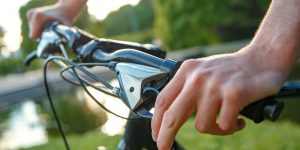
Once these checks have been completed, it is worth just hopping on your bike and taking it for a test run down the garden or along the road. Anything rattling or loose can be identified before going on a proper ride, while you’ll also be able to test the brakes with your body weight on top.










